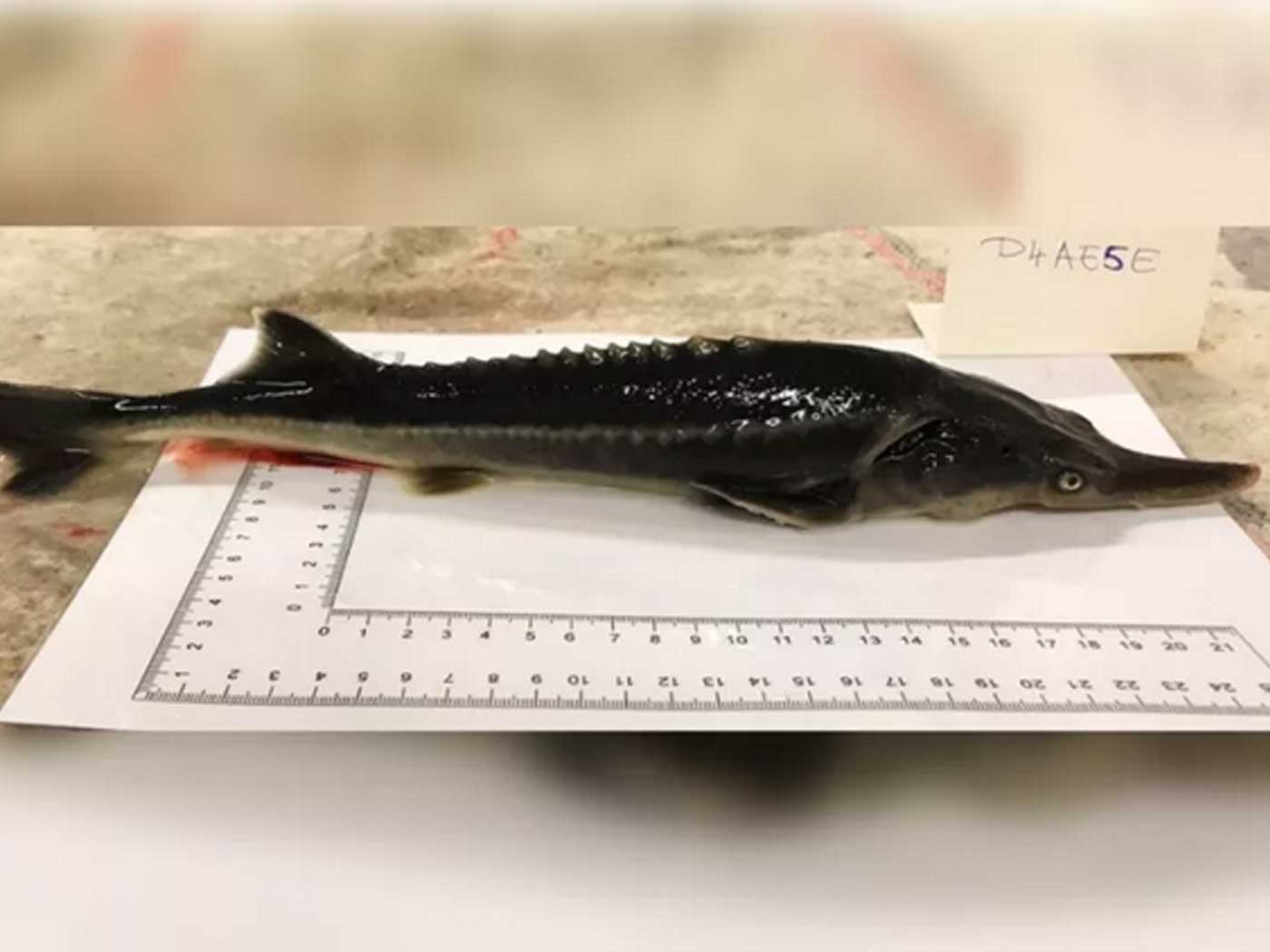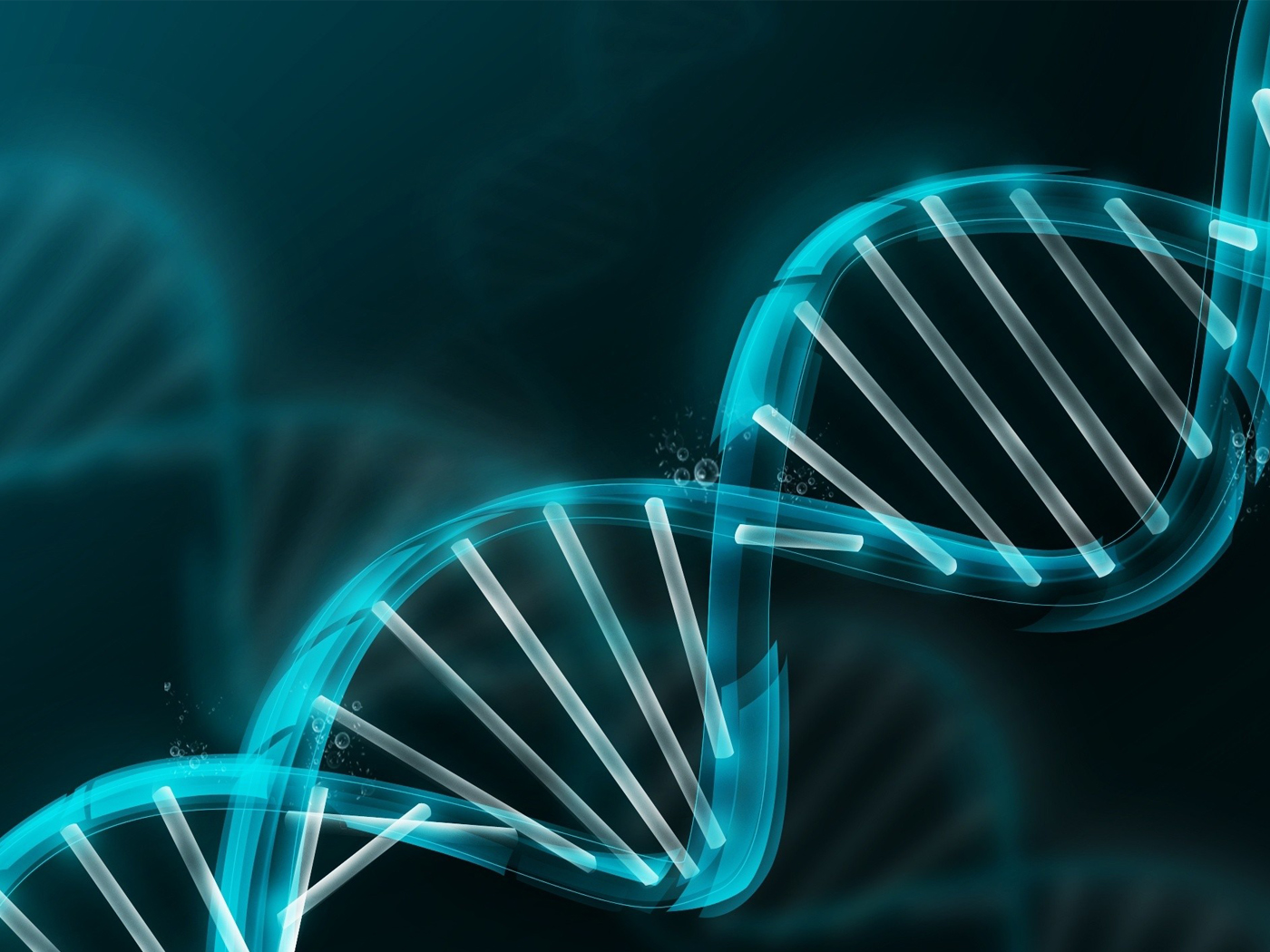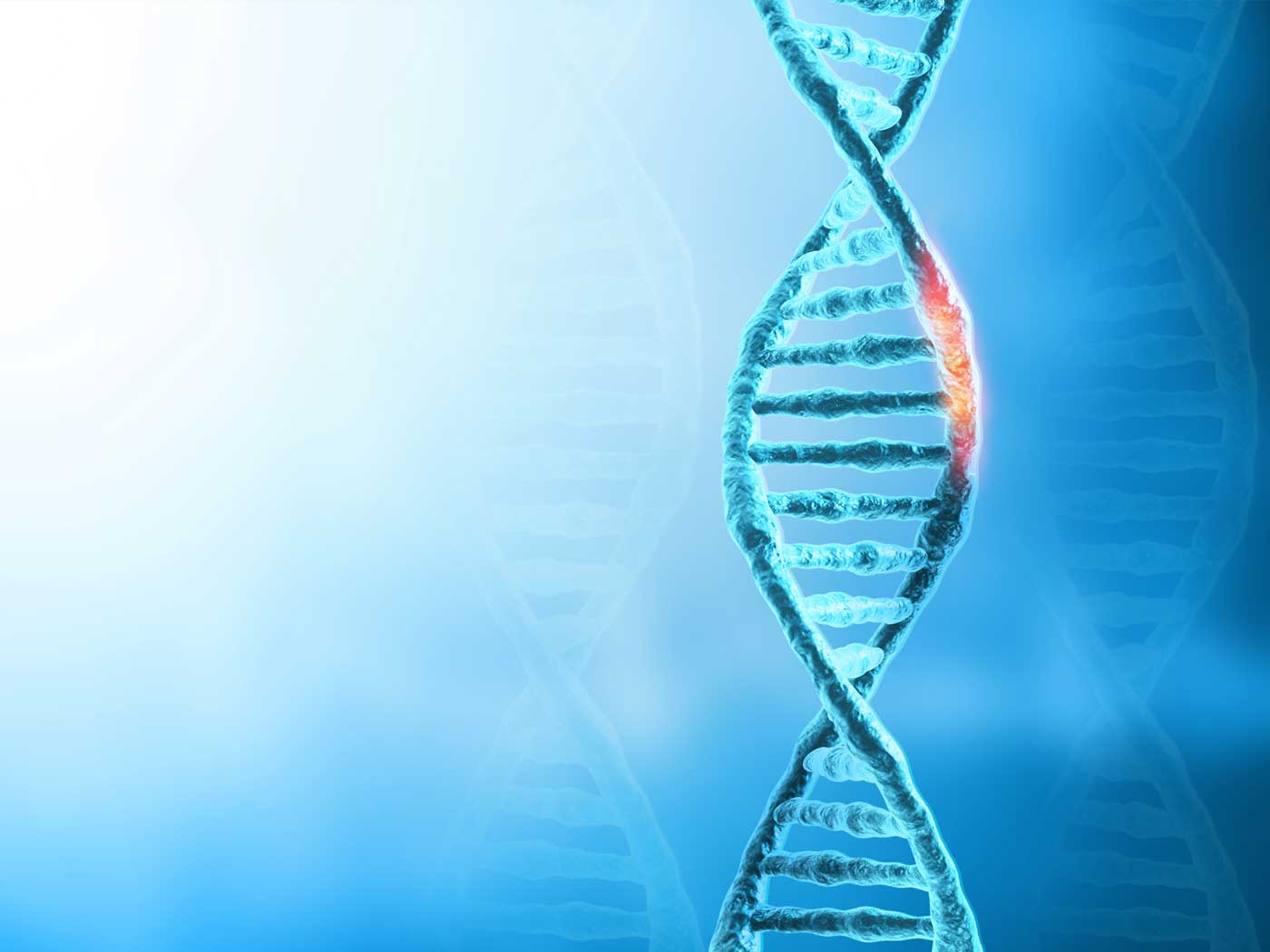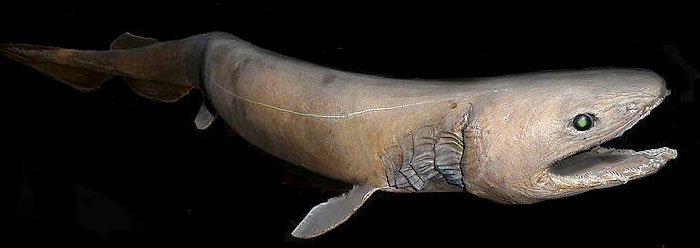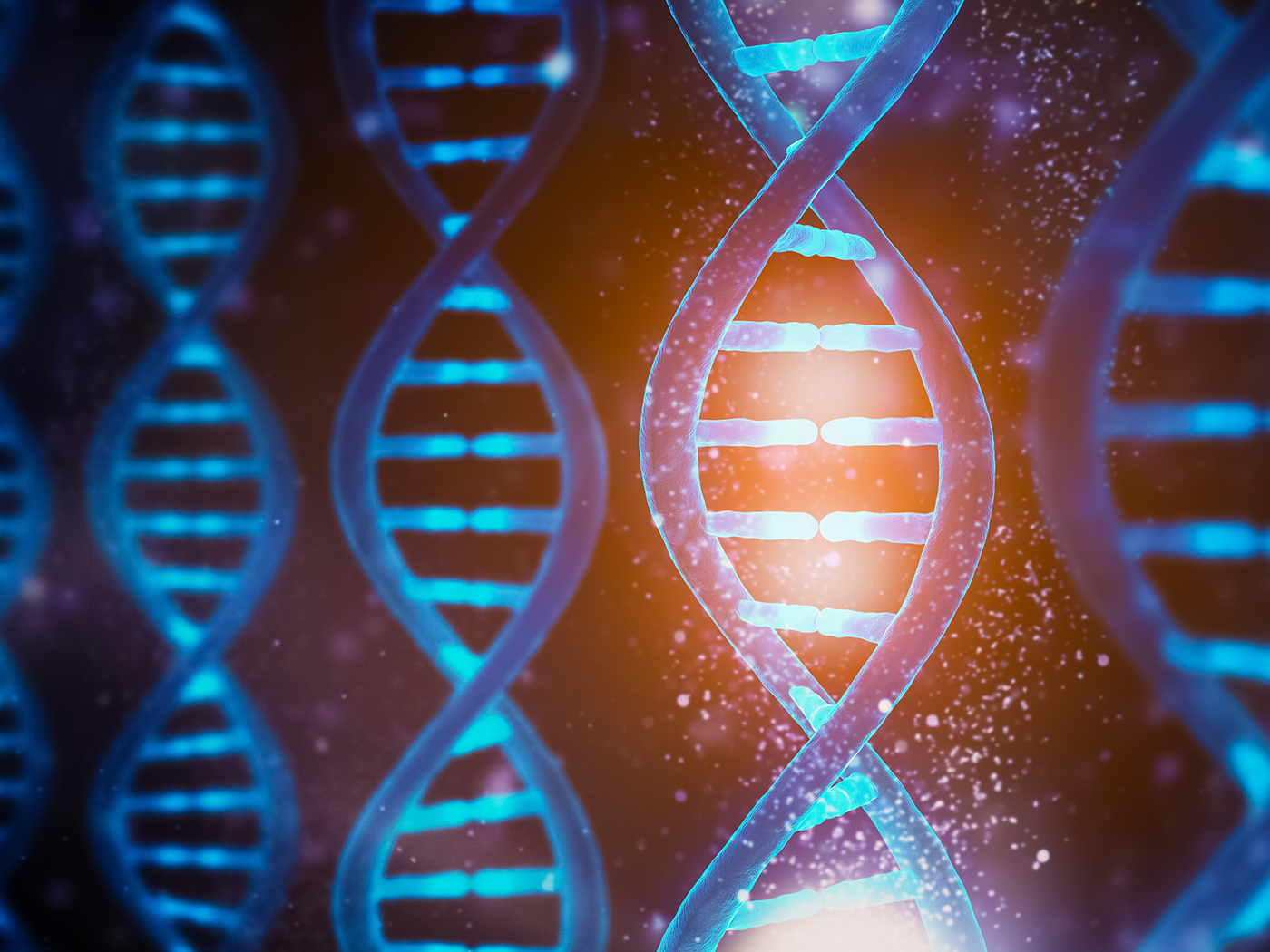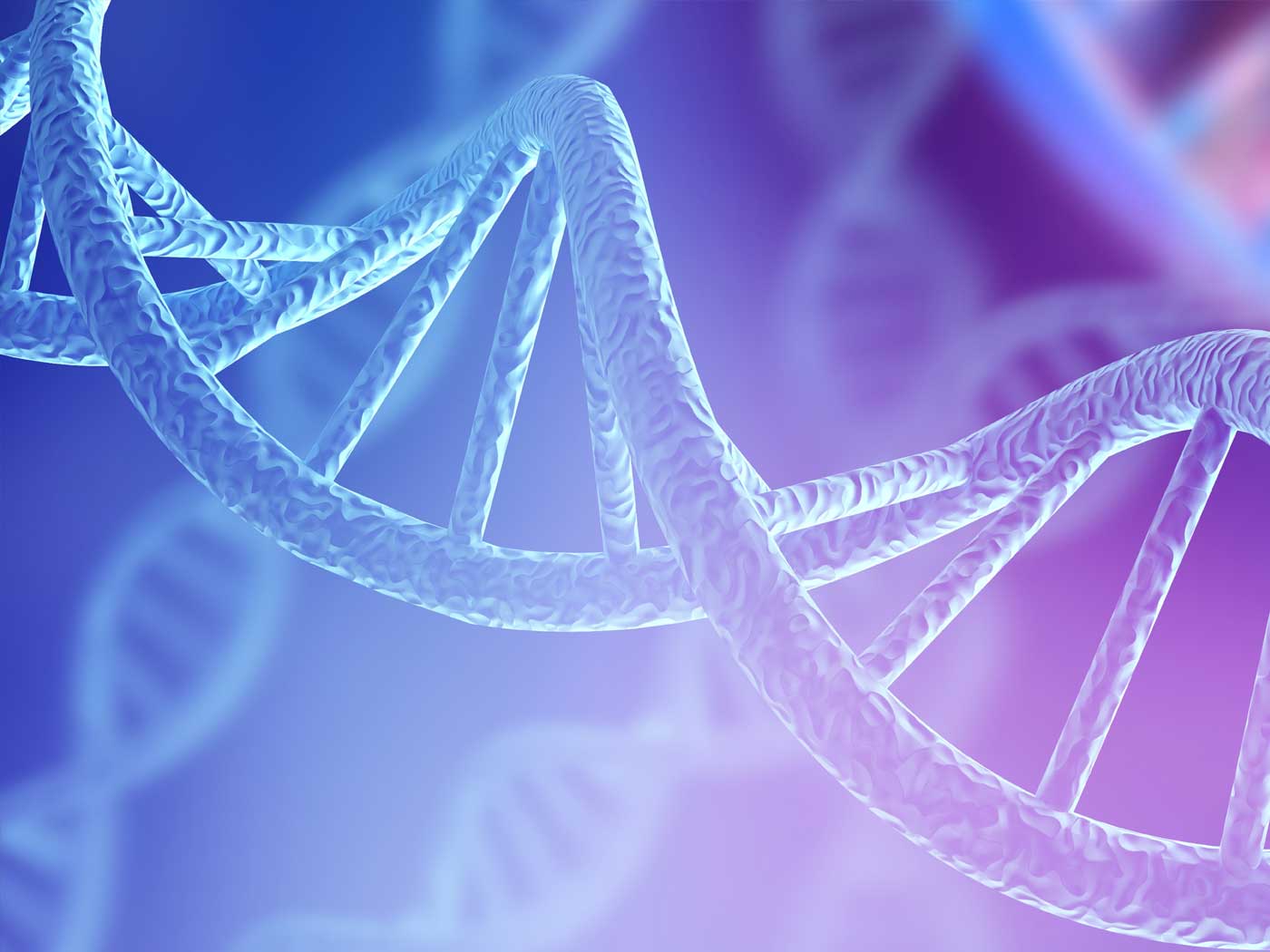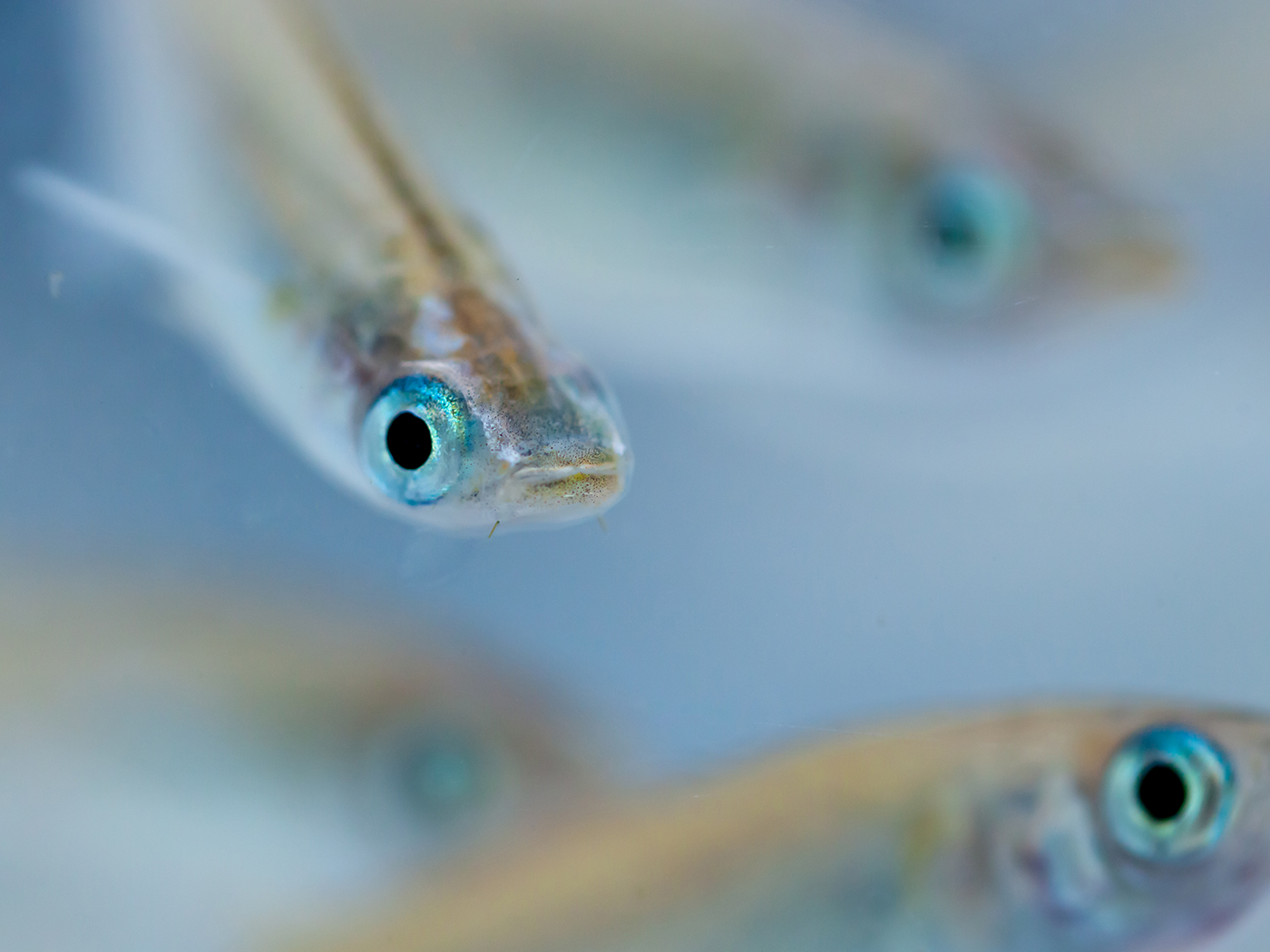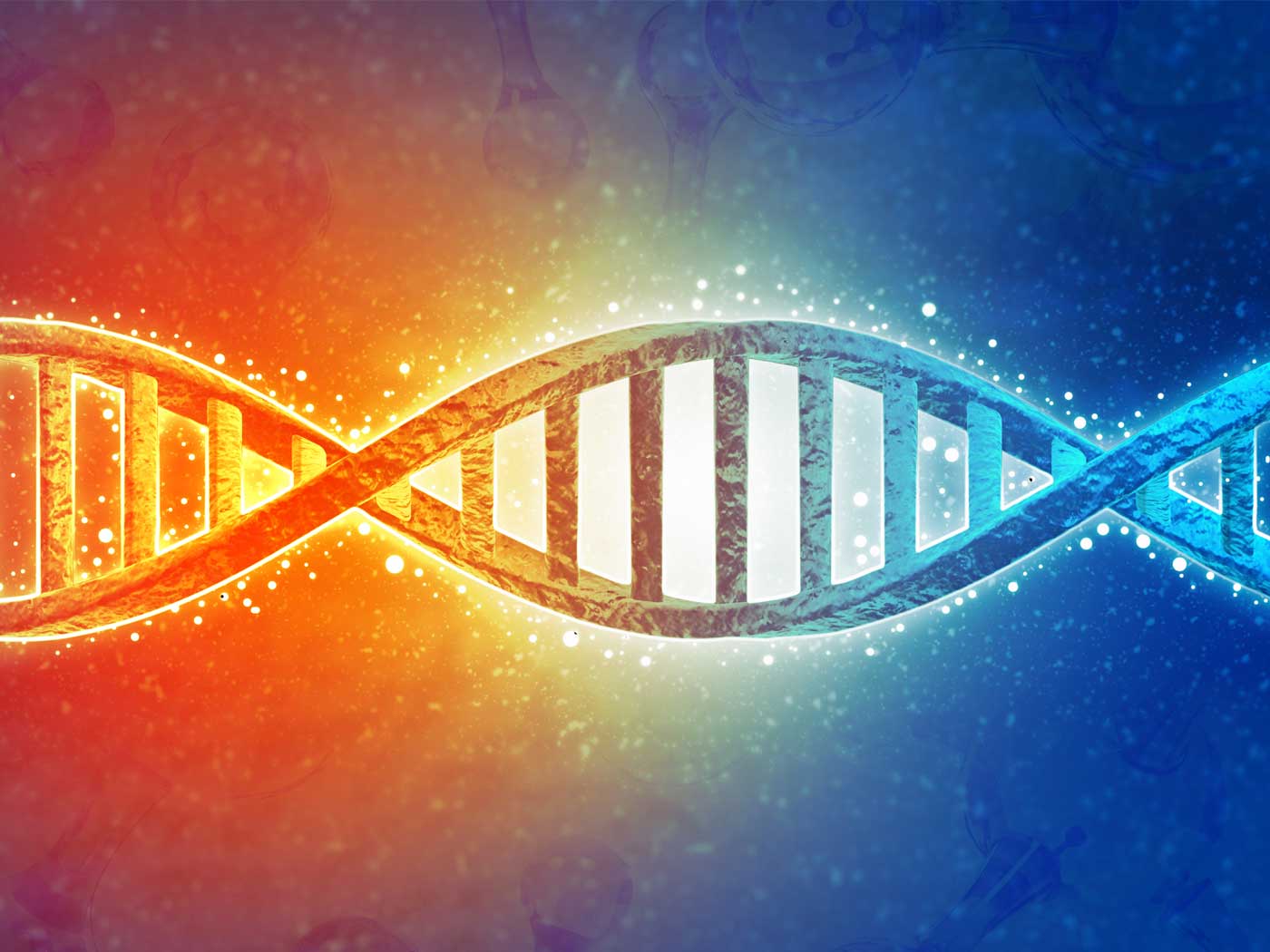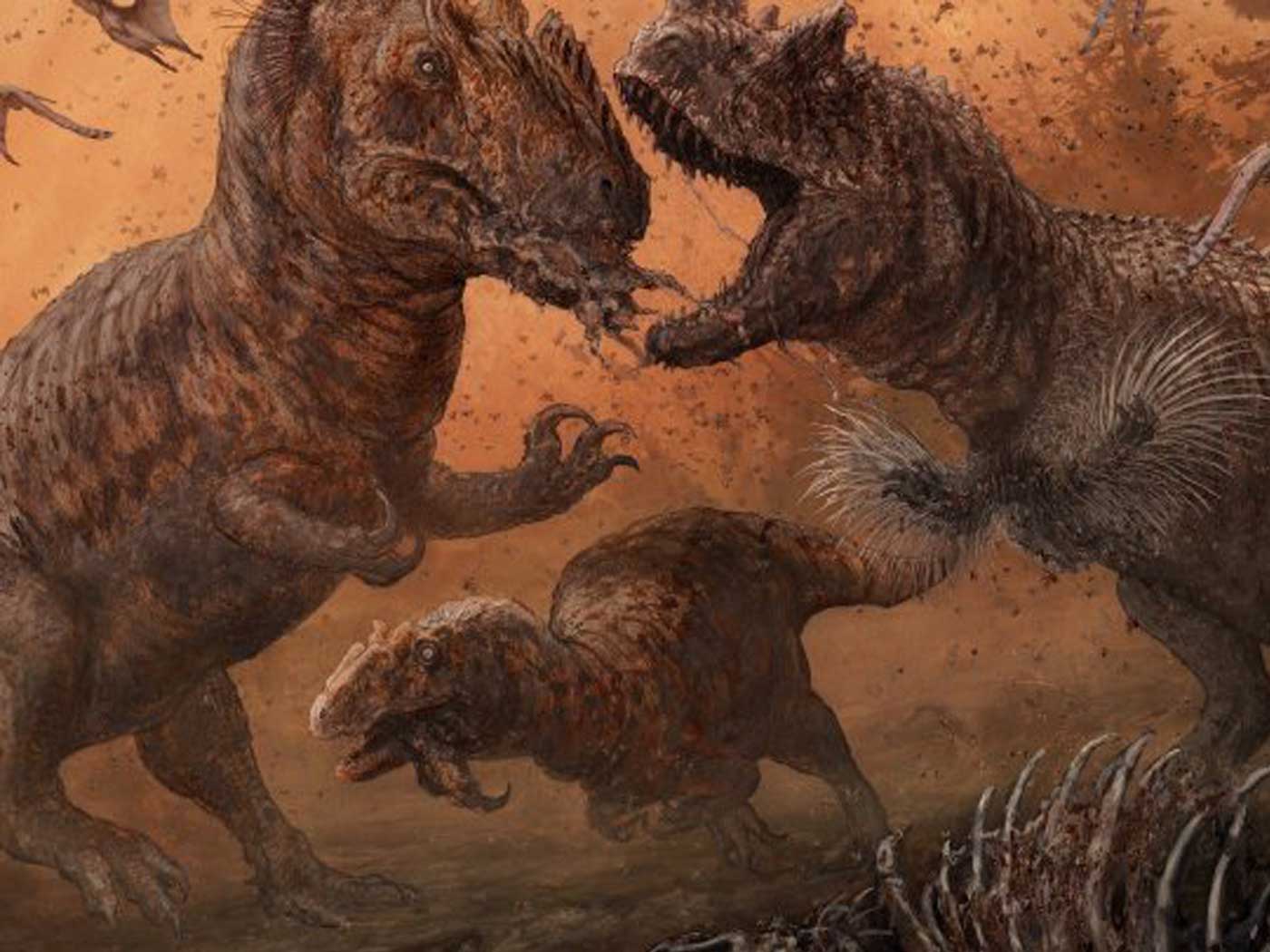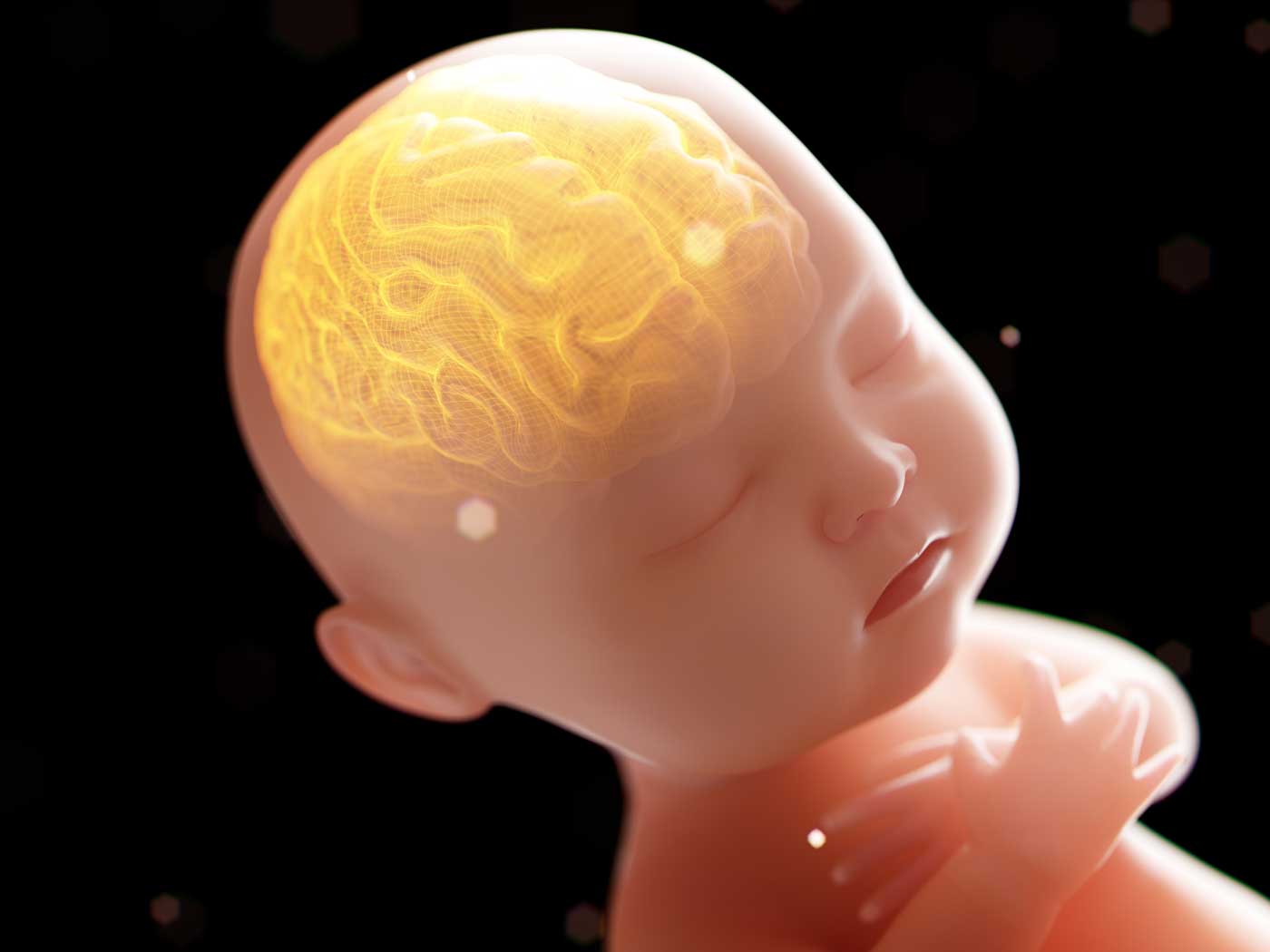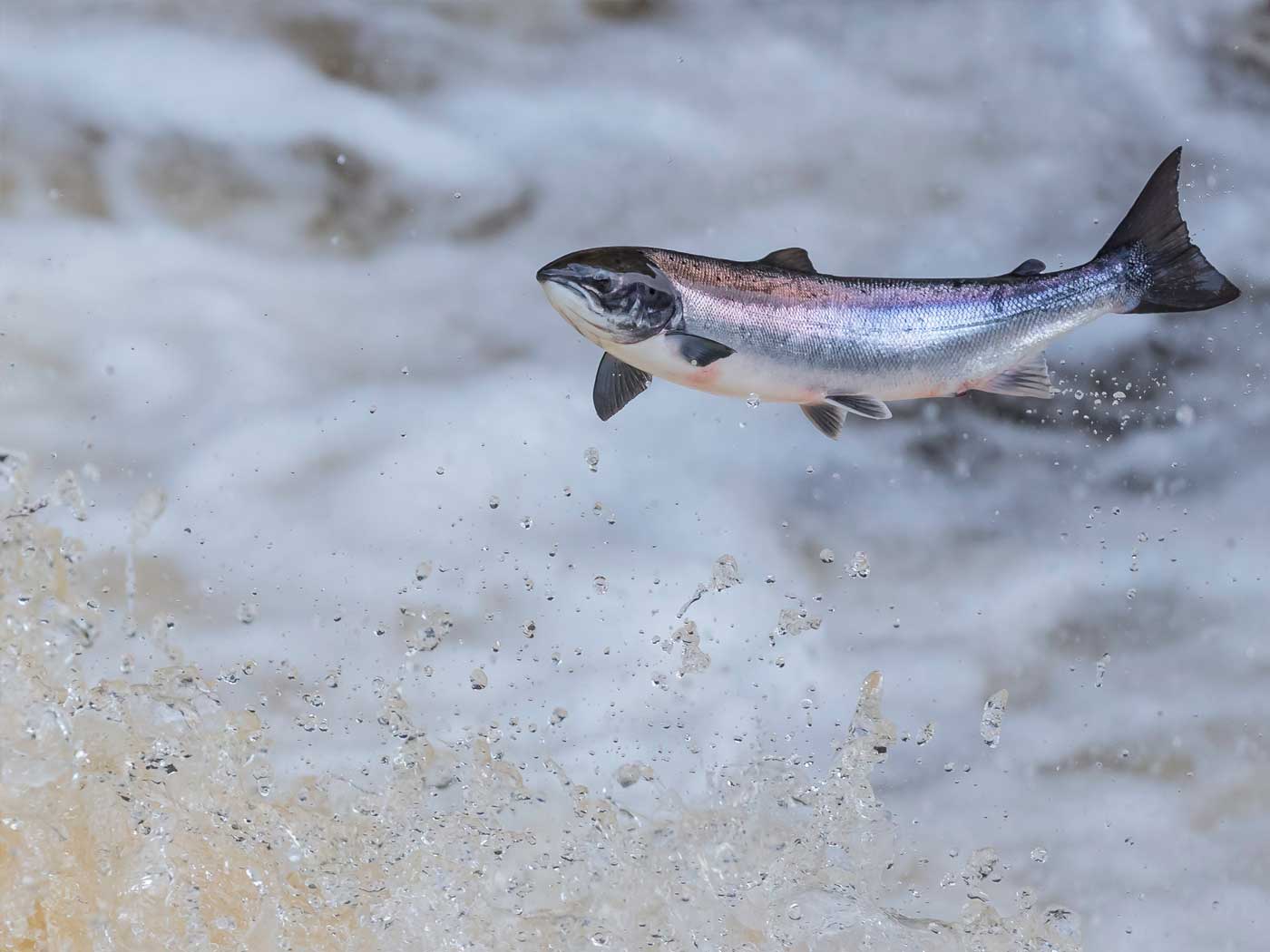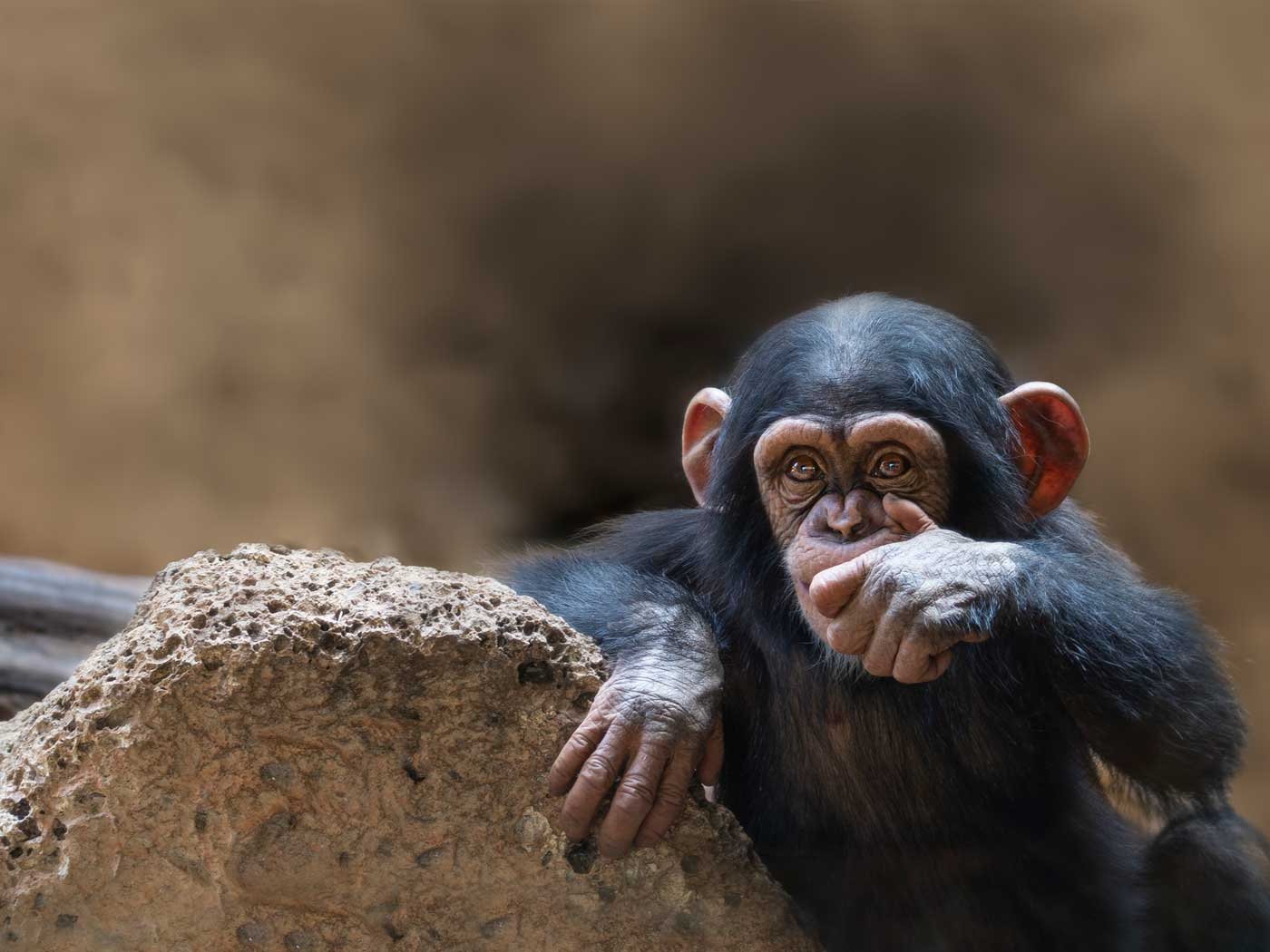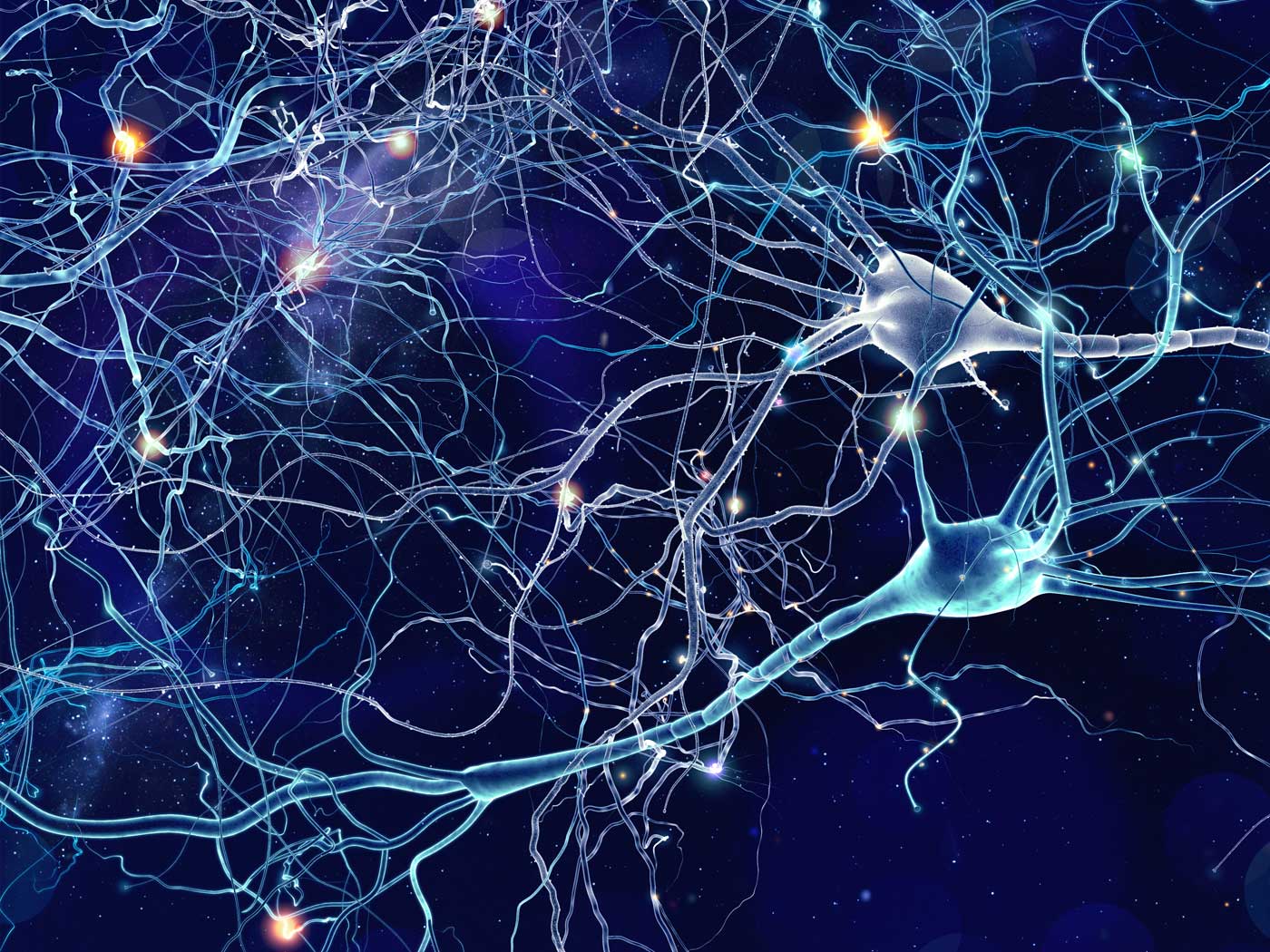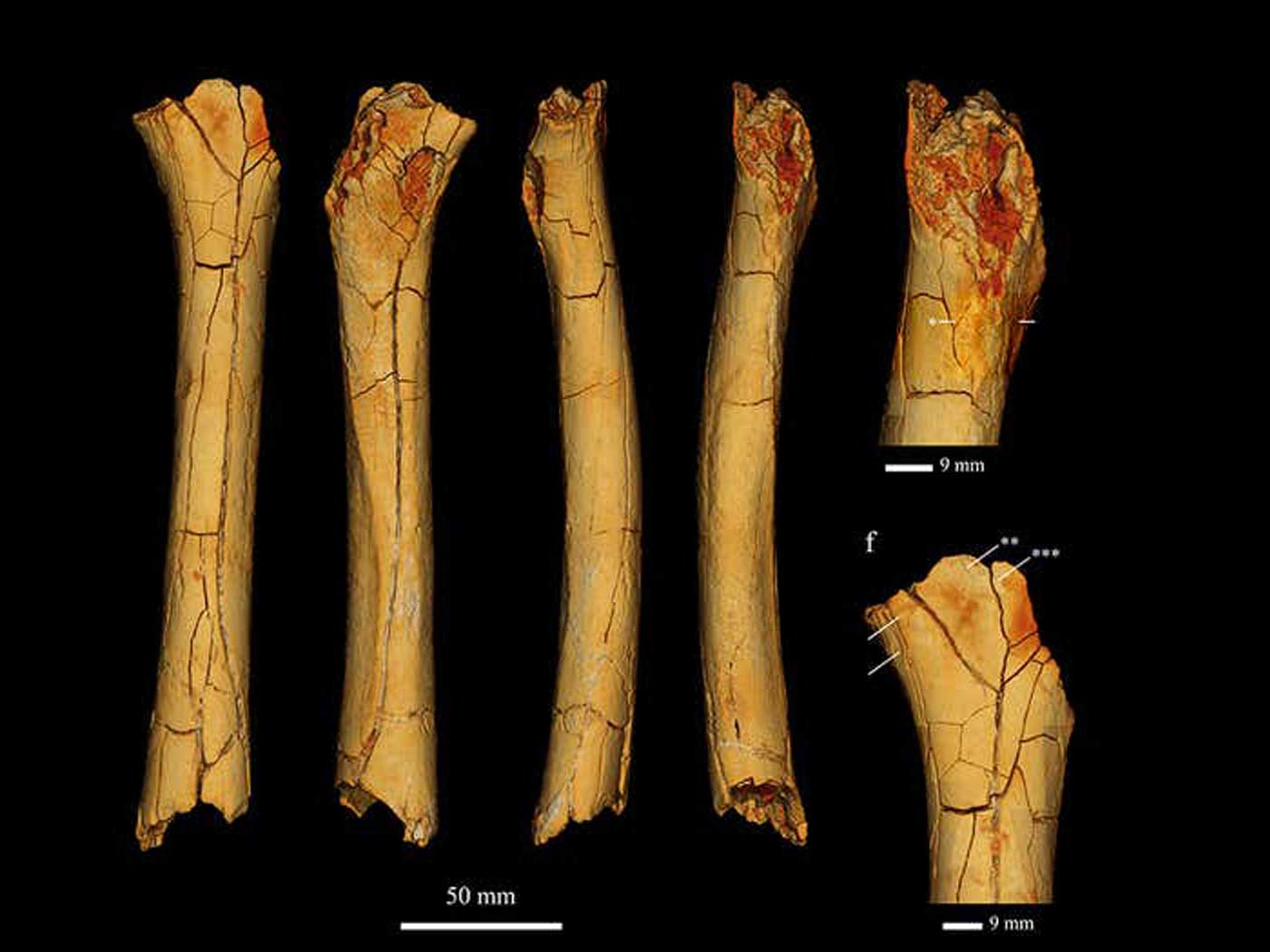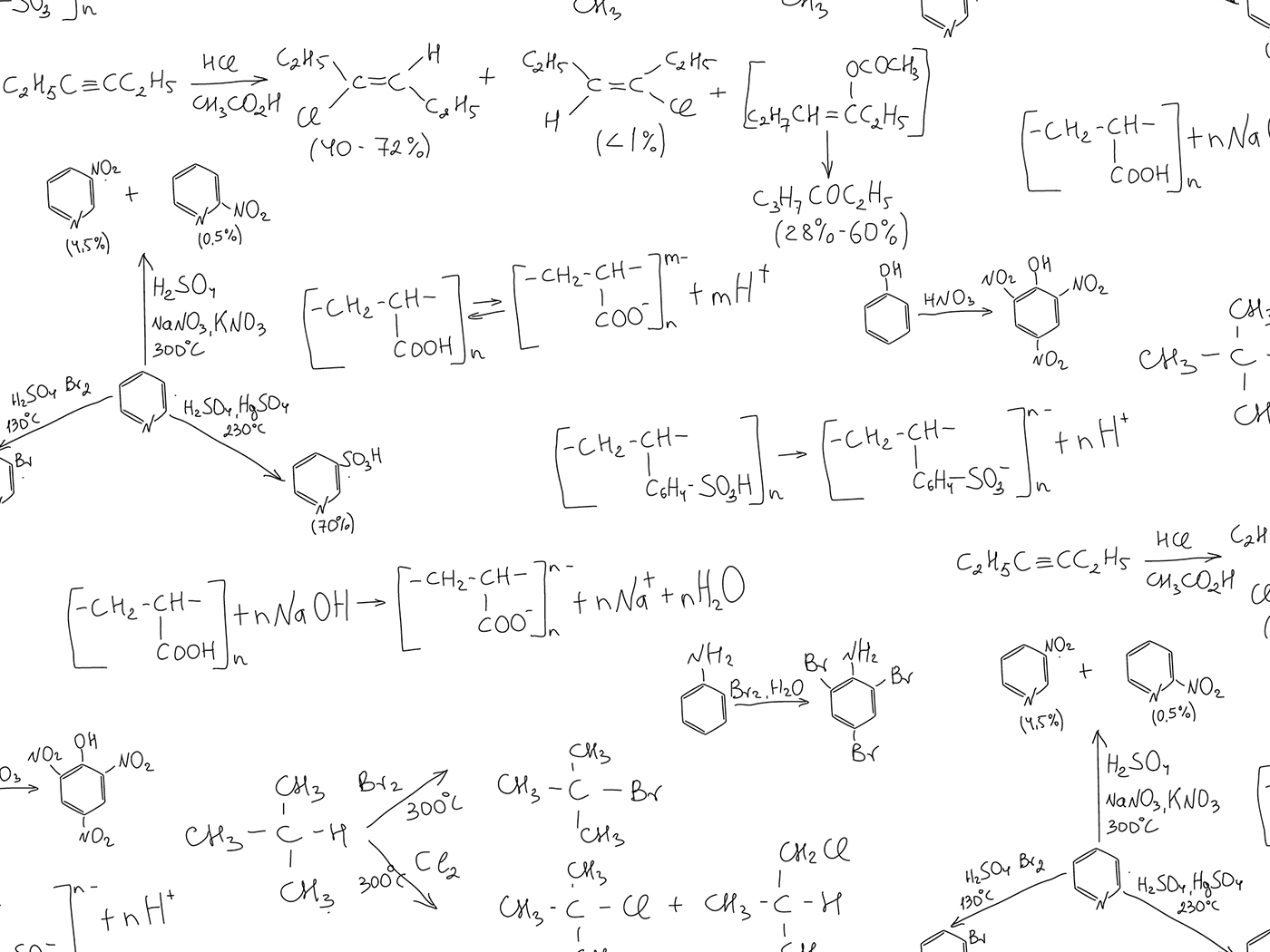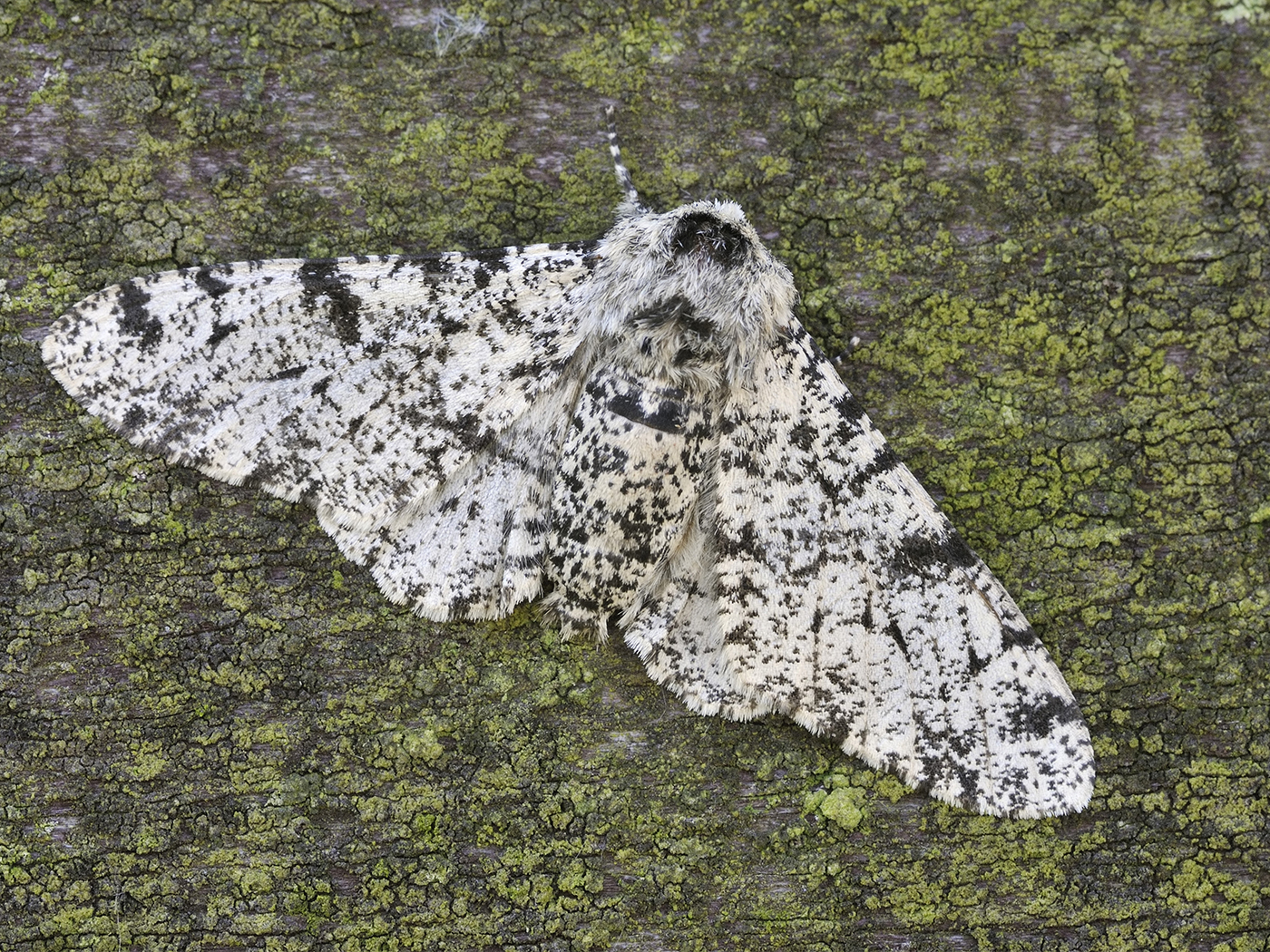Most people might be surprised to learn that the human genome has not been fully sequenced. Gaps still remain that have not yet been bridged because of the nature of the DNA sequence coupled with past limitations on DNA sequencing technology. Nevertheless, a study has just been published using new and improved technologies that have allowed for the first complete sequence of a human chromosome.1
Sequencing the complete human genome was first proposed and begun in the late 1980s, but did not pick up steam until the 1990s when robotic automation was applied to the process.2 In fact, the basic chemistry undergirding the sequencing process, known as Sanger-style sequencing originally invented in the 1970s, did not get usurped until about 2005 as new chemistries and technologies began to become available. The latest technologies, which allow for much larger snippets of DNA to be sequenced, have had a particularly large impact the past few years.
Because of past technology limitations, it has been difficult to sequence certain regions of the human and other vertebrate genomes and then assemble the numerous snippets afterwards. Because the older style DNA sequencing produced very short snippets of sequence and certain regions of chromosomes had groups of DNA letters (words) that were repeated over and over, it was difficult to computationally reconstruct long contiguous repetitive DNA stretches. New, long-read technologies that produce extremely long snippets of DNA are now allowing these difficult regions to be traversed.
This newly reported study presents a human genome assembly that markedly surpasses the continuity of the previous version, along with the first gapless, end-to-end reconstruction of a human chromosome.1 The researchers focused their efforts on a sex chromosome called the X chromosome. Females have two copies of the X chromosome and males have one X and one Y chromosome. Most importantly, these results demonstrate that completing the entire human genome is now within reach.
So what does this new study imply for the evolutionary story, particularly ape-to-human evolution? Quite interestingly, a variant of the new long-read sequencing technology was applied to chimp DNA and published in 2018.3 The researchers discovered that previous versions of the chimpanzee genome had been humanized because the human genome had been used as a guide to assemble the chimp DNA snippets. Furthermore, several independent studies using the new chimp DNA sequence were published showing that the chimp and human genomes could be no more than 85% similar to each other. Since many of these new regions in humans are being sequenced for the first time, as reported in this new study, which are already known to be dissimilar between chimps and humans (e.g. centromeres), it is likely that the numbers for human and chimp DNA dissimilarity will only grow larger.
References
1. Miga et al. 2020. Telomere-to-telomere assembly of a complete human X chromosome. Nature. DOI: 10.1038/s41586-020-2547-7.
2. Tomkins, J. 2011. How genomes are sequenced and why it matters: implications for studies in comparative genomics of humans and chimpanzees. Answers Research Journal. 4: 81-88.
3. Tomkins, J. P. 2018. Separate Studies Converge on Human-Chimp DNA Dissimilarity. Acts & Facts. 47 (11).
*Dr. Tomkins is Director of Research at the Institute for Creation Research and earned his doctorate in genetics from Clemson University.

First Human Chromosome Fully Sequenced
The Latest
Photosynthetic Proteins Power Plants
Some scientists think the photosynthetic process is all but figured out since the discovery of more details regarding the place, assembly, and function...
CREATION PODCAST
Uncovering the Secrets of Earth's Oceans | The Creation Podcast:...
The oceans cover most of our planet's surface. Uniformitarians claim the oceans are nearly 4 billion years old, but the evidence says otherwise.
Host...
A Giant Ichthyosaur: Largest Ever Marine Reptile?
Paleontologists have discovered portions of a giant ichthyosaur’s lower jawbone on Blue Anchor Beach at the southern entrance to the United Kingdom’s...
New Titanosaur Species Discovered in Uruguay and Argentina
The pre-Flood world had some truly massive dinosaurs, and the largest of them were in the group Sauropodomorpha.1 Within this group were...
May 2024 ICR Wallpaper
"Have I not commanded you? Be strong and of good courage; do not be afraid, nor be dismayed, for the LORD your God is with you wherever you...
Was a Key to Photosynthesis Evolution Discovered?
Northern Canadian lakes were the source of recently discovered unique photosynthetic bacteria of the phylum Chloroflexota. After years of culturing,...
CREATION PODCAST
Four Moons That Indicate a Young Universe | The Creation Podcast:...
Earth has one moon, but Jupiter has many! What can we learn from our celestial neighbor's satellites? Do they indicate youth?
Host...
Creation Kids: Seeds and Sprouts
by Renée Dusseau and Susan Windsor*
You're never too young to be a creation scientist and explore our Creator's world. Kids, discover...
APOLOGETICS
Christ’s Creativity in Canyon Critters
Grand Canyon animals display many marvelous traits and behaviors as they live life in that harsh habitat. These canyon creatures succeed thanks to the...




